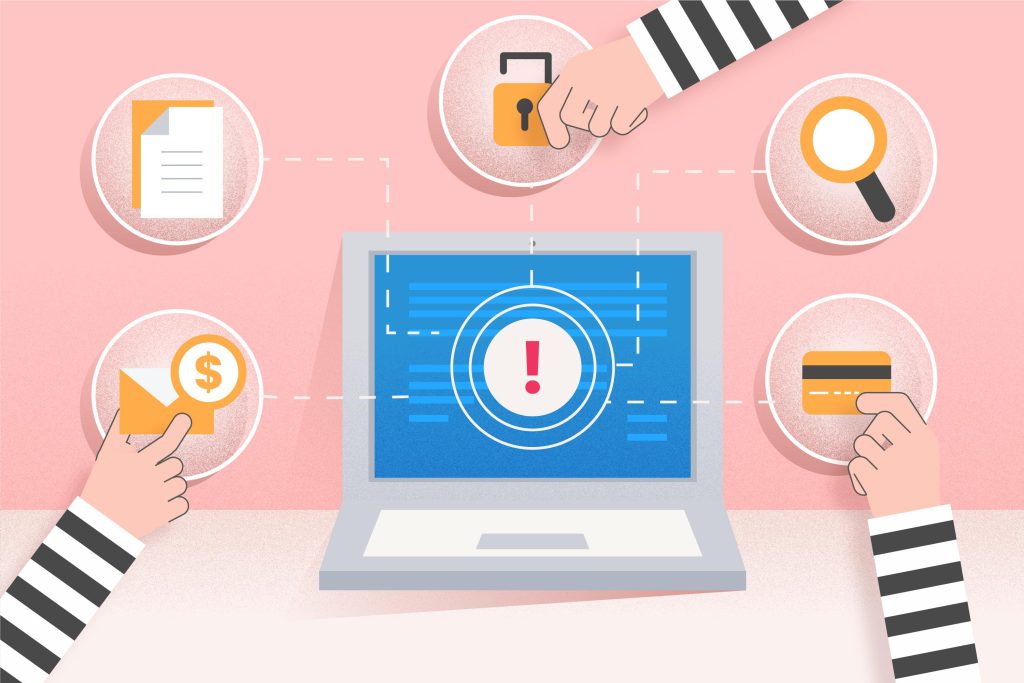In today’s fast-paced cyber landscape, organizations are constantly under siege by new vulnerabilities. With threats emerging daily, businesses need a smart, efficient way to prioritize which vulnerabilities to fix. Traditionally, many have relied on the Common Vulnerability Scoring System (CVSS) to assess the severity of vulnerabilities. However, this method has limitations, particularly in factoring real-world threat data. Enter Exploit Prediction Scoring System (EPSS)—a model that combines machine learning and threat intelligence, offering a more accurate and dynamic approach to vulnerability prioritization.
What is Vulnerability Prioritization?
Vulnerability prioritization is the process of ranking security weaknesses based on their potential risk to an organization. This critical step helps security teams decide which vulnerabilities to tackle first, ensuring that high-risk issues are addressed before they are exploited. Ideally, all vulnerabilities would be fixed immediately, but that’s simply not practical. Research shows that most teams can only remediate 10-15% of their open vulnerabilities each month, highlighting the importance of getting prioritization right.
Effective prioritization ensures that resources are allocated where they can have the most significant impact, focusing on vulnerabilities that pose the greatest risk to the organization. In short, it’s about making smarter decisions to reduce risk while keeping costs under control.
The Limitations of CVSS for Vulnerability Prioritization
Historically, CVSS base scores have been the go-to method for assessing vulnerabilities. These scores, ranging from 0 to 10, are determined by factors like the ease of exploitation and the potential damage caused by a successful attack. While CVSS provides a standardized measure of severity, it has significant limitations, particularly when it comes to reflecting the current threat landscape.
CVSS scores are static and don't account for whether a vulnerability is actively being exploited in the wild. This can result in misaligned priorities, where high-scoring vulnerabilities that are not actively exploited take precedence over lower-scoring but more immediate threats.
For example, CVE-2023-48795 has a CVSS score of 5.9 (medium severity), but EPSS data shows a high probability that it will be exploited within the next 30 days. In this case, relying solely on the CVSS score could lead teams to underestimate the risk, underscoring the need for a more dynamic approach that incorporates real-world threat data.
Improving Prioritization with Exploit Data
To address these shortcomings, security teams should incorporate real-time threat intelligence into their vulnerability management strategies. This is where EPSS comes in, offering a data-driven model that predicts the likelihood of exploitation, helping teams prioritize vulnerabilities based on actual risk.
What is EPSS?
The Exploit Prediction Scoring System (EPSS) is a model developed by FIRST that estimates the probability of a vulnerability being exploited within the next 30 days. EPSS generates a score between 0 and 1, with higher values indicating a greater likelihood of exploitation.
EPSS works by analyzing a wide range of data sources, including vulnerability databases (like the National Vulnerability Database), reports from the Cybersecurity and Infrastructure Security Agency (CISA), and exploit databases. Using machine learning, EPSS identifies patterns in this data, allowing it to predict which vulnerabilities are most likely to be exploited soon.
CVSS vs. EPSS: Which is Better?
CVSS and EPSS are both valuable tools, but they serve different purposes. CVSS offers a standardized way to measure the severity of vulnerabilities, while EPSS provides insight into their likelihood of exploitation.
Let’s compare two scenarios:
- CVSS-Based Prioritization: Vulnerabilities with a CVSS score of 7 or higher are prioritized. However, only a small percentage of these vulnerabilities are actually exploited in the wild, meaning that teams could waste resources on vulnerabilities that don’t pose an immediate threat.
- EPSS-Based Prioritization: When vulnerabilities are prioritized based on an EPSS threshold (e.g., 10%), teams can focus on the vulnerabilities that are most likely to be exploited, significantly reducing the number of issues to address and improving efficiency.
In short, EPSS helps organizations fine-tune their remediation efforts, enabling them to focus on the vulnerabilities that truly matter in the real world.
Simplifying Vulnerability Prioritization with Intruder
For businesses looking to enhance their vulnerability management process, Intruder, a cloud-based security platform, offers a comprehensive solution. Intruder provides continuous monitoring, attack surface management, and, most importantly, intelligent vulnerability prioritization.
Soon, Intruder will integrate EPSS scores directly into its platform, allowing teams to view real-world exploitation probabilities alongside traditional CVSS scores. This new feature, powered by EPSS and machine learning, will help teams prioritize vulnerabilities more effectively, saving time and resources while enhancing security.
With Intruder, you’ll be able to focus on the vulnerabilities that matter most—those that pose the highest risk of exploitation. This is vulnerability prioritization redefined, helping businesses stay ahead of the ever-evolving cyber threat landscape.
By leveraging tools like EPSS, security teams can break free from the limitations of CVSS-only prioritization and make data-driven decisions that better align with the dynamic nature of cybersecurity threats.




.jpg)

